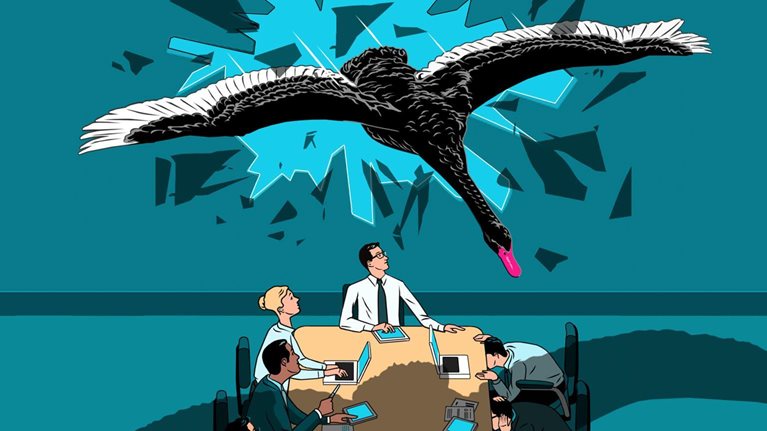A corporate crisis has become a modern-day rite of passage for the board directors and senior executives of many companies. Everyone knows by now that crises are an ever-present threat that can strike any organization, no matter how apparently well run. Crises can emerge from a clear blue sky, escalate within hours or even minutes, and threaten an organization’s viability. They may also arise when long-simmering issues spiral out of control. Institutions have paid the price: huge regulatory fines or legal settlements, shattered reputations, lost trust, and decimated share prices.
Less discussed are the significant personal costs. Crises are emotional events that severely stress the relationships between the CEO, the senior-management team, and the board of directors. Crises can end careers. Such stresses can make the response to the crisis less effective and severely impair an organization’s ability to emerge strengthened from it and return to a path of profitable growth.
Yet how many companies can truly say they are prepared for this dimension of a crisis? How much of the work of crisis preparedness fully considers interactions within the board and between the boardroom and the executive suite? What is the best way to identify and address the risk of deteriorating organizational dynamics—ideally, before a crisis?
Looking beyond the contents of conventional crisis playbooks, we probed some of the most sensitive fault lines that a crisis rapidly exposes to devastating effect. Drawing on in-depth interviews with battle-tested board directors and senior executives who have experience serving on boards of or as senior executives at more than 80 US and UK institutions, we explore the lived reality of such events as seen from the top, exposing lessons learned from both failures and successes. And we suggest some ways for boards and senior executives to equip themselves ahead of time to work together more effectively. While board governance may differ by region, and thereby affect some of the issues covered in this article, certain lessons are applicable broadly—though they may need to be modified to some degree.
Would you like to learn more about our Risk Practice?
Our joint research and experiences have led us to believe that correctly calibrating the dynamics of the boardroom, and the interactions between the board and senior management, is an essential and often-overlooked ingredient of crisis preparation. We believe that the act of identifying and redressing the fault lines in board–management dynamics is not just a matter of prudent self-defense in moments of crisis. By strengthening their governance, collaboration, and culture, senior executives and board members are likely to create healthier and better-run organizations—in conditions not only of crisis but also of business as usual.

Board governance
A collection of insights for corporate boards, CEOs, and executives to help improve board effectiveness including: board composition and diversity, board processes, board strategy, talent and risk management, sustainability, and purpose.
Download Building board-management dynamics to withstand a crisis: Addressing the fault lines, the full report on which this article is based (PDF–499KB).


